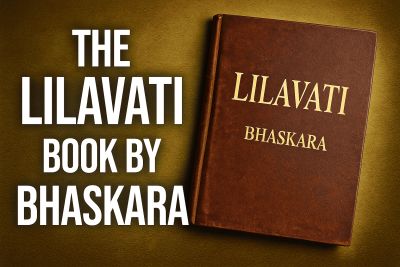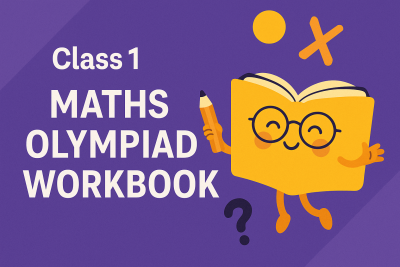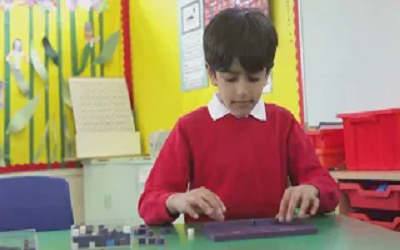Lilavati: Book by Bhaskara II
This is one of the most fascinating works from ancient India, blending mathematics, poetry, and philosophy. It introduces readers to the art of arithmetic and problem-solving in a lyrical and elegant way. Written in verse, the text turns mathematical operations into an engaging form of storytelling. It shows how people in early times viewed numbers not just as tools, but as something beautiful and alive—connected with logic, rhythm, and creativity.
English
Last updated
Wed, 15-Oct-2025











